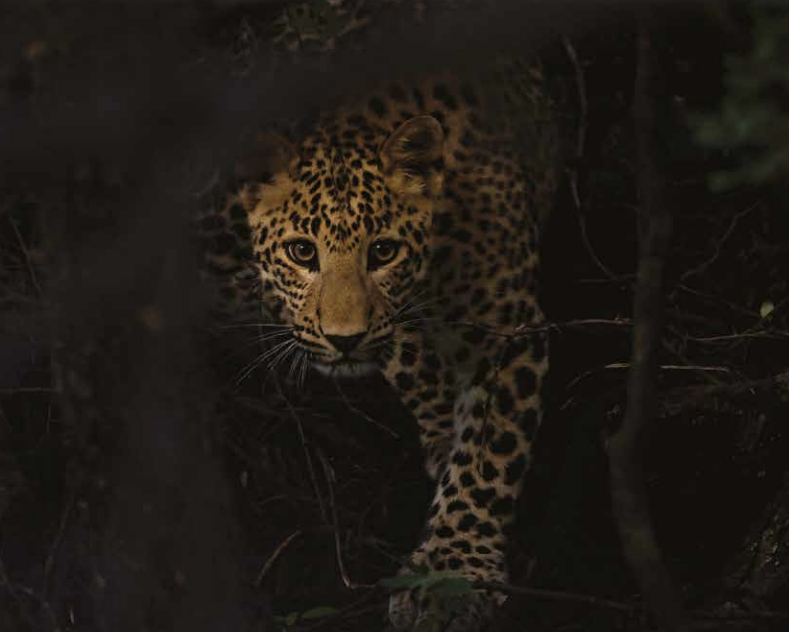
New Delhi: India sees more than 60% increase in leopard’s population as per the the Status of Leopards In India, 2018, which was released by Minister for Environment, Forest and Climate Change, Prakash Javadekar here today.
The report states that India now has 12,852 leopards as compared to the previous estimate of 7910 conducted in 2014.
Madhya Pradesh, Karnataka and Maharashtra recorded the highest leopard estimates at 3,421, 1,783 and 1,690 respectively. India’s tiger survey had also estimated the population of leopards and the tiger range was found home to 12,852 (12,172-13,535) leopards. They occurred in prey rich protected areas as well as multi-use forests.
A total of 5,240 adult individual leopards were identified in a total of 51,337 leopard photographs using pattern recognition software. Statistical analysis estimates the leopard population at – 12,800 leopards within the tiger’s range.
Also read:
- History of tracking tigers – the transition from traditional shikaris to digital technology
- India’s Tiger Census in Guinness Book as world’s largest camera trap wildlife survey
The leopard was estimated across forested habitats in tiger range areas of the country but other leopard occupied areas such as non-forested habitats (coffee and tea plantations and other land uses from where leopards are known to occur), higher elevations in the Himalayas, arid landscapes and majority of North East landscape were not sampled and, therefore, the population estimation should be considered as minimum number of leopards in each of the landscapes.
Among all the subspecies, Indian leopard retains the largest population size and range outside Africa. In Indian subcontinent poaching, habitat loss, depletion of natural prey and conflict are major threats to leopard populations . Tiger has not only served as an umbrella species but even its monitoring has helped evaluate the status of other species, like the leopard. The National Tiger Conservation Authority-Wildlife Institute of India(NTCA-WII) shall be reporting on several other species shortly.
– global bihari bureau





